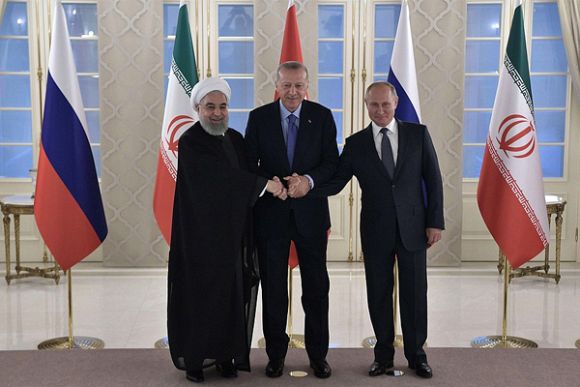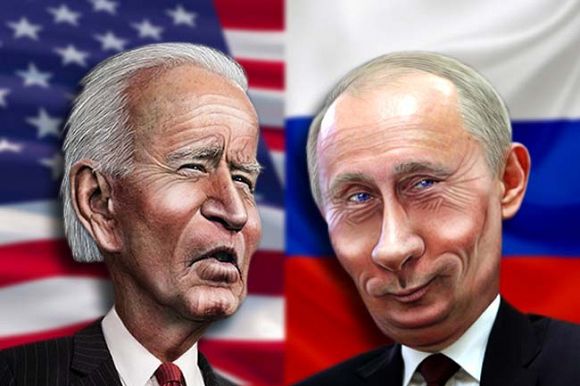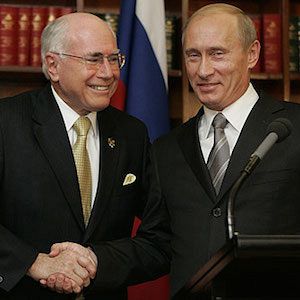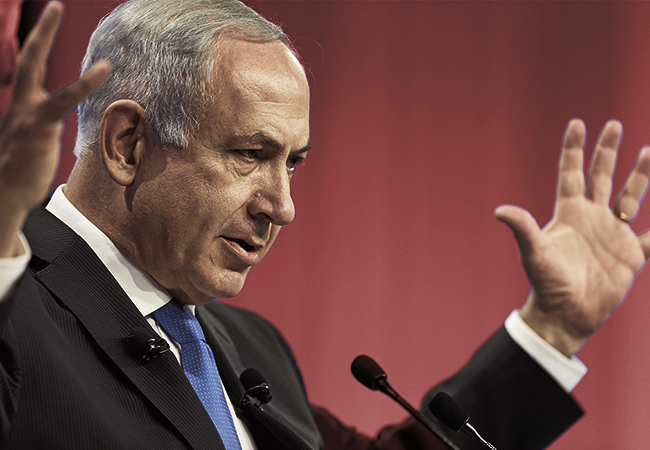As a strategy, "divide and rule" has been most effective in the Middle East and may yet be utilised against Russia in the drive to exploit Siberia's untold wealth, writes Bilal Cleland.
WHEN ONE country wants to control others, it seeks to divide and conquer. Since the time of Julius Caesar, this has been the imperial method of advancement.
The most profound illustration of the "divide and rule" policy is seen in the Sykes-Picot division of the Middle East, designed to follow the Allied victory in World War I.
France was allocated Syria and Lebanon. Britain took control of Palestine. It also took Iraq where it gained major oil concessions.
Under the Treaty of Sèvres, Turkey was divided up among the French, the Italians, the British and the Greeks, and part of the northeast was allocated to Armenia. The issue of Kurdistan was not decided as there were disputes over whether Van should be Armenian or Kurdish.
The division was extended to religious differences too. Christian minorities were encouraged to take positions of authority in government.
On this, author and Resident Scholar Istanbul Culture and Science Foundation Sçükran Vahide said:
'This discrimination against Muslim Turks in their own country went so far that only Christian children could attend state schools.'
In recent years there have been signs that the "divide and rule" policy is alive and well in the Middle East, particularly in Syria and Libya.
But Russia would do well to look over its shoulder.
Ramzy Baroud, in the article 'Plan B — Not an enigma: Why the West is keen on dividing the Arabs', discussed the evolving strategy of division that was expected to emerge from Russian-American cooperation around Syrian ceasefire negotiations.
Director of research in foreign policy at the Brookings Institution Michael O’Hanlon called for the U.S. to find a common purpose with Russia while keeping in mind the "Bosnia model".
Said O'Hanlon:
'In similar fashion, a future Syria could be a confederation of several sectors: one largely Alawite (Assad’s own sect)... another Kurdish... a third, primarily Druse... a fourth, largely made up of Sunni Muslims and then a central zone of intermixed groups in the country’s main population belt from Damascus to Aleppo.'
Russia has since fallen out of favour with the USA.
Modern Imperial Powers
In 2020, political analyst Muhammad Hussein claimed that divisions in the Middle East will not come from old imperialist powers:
The only difference this time is that the old European colonial powers – even the U.S. itself – will not be as involved; the talks will be led at least in part by Russia and China. These two powers have been increasingly involved in the Middle East stage over the past few years, one for geopolitical purposes and the other primarily for economic purposes.
But Russia would do well to look over its shoulder.
Senior Fellow, Center for European Policy Analysis (CEPA) in Washington, Janusz Bugajski, pointed to regional dissatisfaction with the Kremlin policy of “Russification.”
Regional dissatisfaction with Kremlin appointed governors and exploitation of local natural resources has led to disquiet.
As Bugajski explained:
'Indeed, regions such as Sakha and Magadan in the Far East, with their substantial mineral wealth, could be successful states without Moscow’s exploitation.'
The collapsing infrastructure – one of the fruits of corruption – means that the Russian Far East and Siberia are becoming more separated from western Russia, which will inevitably lead to separatist demands.
According to Bugajski:
'... Washington should promote regional and ethnic self-determination inside the Russian Federation.'
It seems the old Sykes-Picot style of division is emerging.
Noted Bugajski:
'Some regions could join countries such as Finland, Ukraine, China and Japan, from whom Moscow has forcefully appropriated territories in the past. Other republics in the North Caucasus, Middle Volga, Siberia and the Far East could become fully independent states and forge relations with China, Japan, the U.S. and Europe.'
Why the interest in Russia?
Climate change is bringing warmer temperatures — melting of the permafrost and with it the likelihood that mining will become much easier. Siberia has the largest coal mine in Russia, producing gold, diamonds and iron ore.
According to GlobalData's Mining Technology:
'Russia is responsible for 7% of global aluminium production and 95% of this takes place in Siberia… Siberia and the Far East also hold 84% of Russia’s known gold reserves.'
It offers great wealth from new minerals such as one discovered in Siberia in 2016, a mineral 'similar to lab-grown metal-organic frameworks'. Such minerals have been long hidden under ice and thick forests.
China is close to the region, so the relationship between Beijing and the Kremlin may be tested in the near future.
"Divide and rule" has been most effective in the Middle East. Even the creation of Israel did not serve to overcome the divisions created by Sykes-Picot. It is still being used effectively in Syria, Libya and Yemen and it may yet be utilised against Russia in the drive to exploit Siberia and the Russian Far East. It may even have been behind the attempted coup in Turkey in 2016.
While Russia and China might be seen as new imperialists on the block, both of them are aware of the dangers of creating division — a technique they are prepared to use, but which could easily be turned upon them.
Bilal Cleland is a retired secondary teacher and was Secretary of the Islamic Council of Victoria, Chairman of the Muslim Welfare Board Victoria and Secretary of the Australian Federation of Islamic Councils. You can follow Bilal on Twitter @BilalCleland.
 This work is licensed under a Creative Commons Attribution-NonCommercial-NoDerivs 3.0 Australia License
This work is licensed under a Creative Commons Attribution-NonCommercial-NoDerivs 3.0 Australia License
Support independent journalism Subscribe to IA.















